Dogs are known for their unique body language, often a source of human amusement and fascination. One common pose that dogs often adopt is standing with their head down, and while this may seem strange or even concerning to some pet owners. It is a completely natural behavior for our furry friends.
In fact, this posture can convey various emotions and signals, from submission and relaxation to anxiety and stress. As responsible pet owners, it is important for us to understand the meaning behind our dog’s body language and use this knowledge to communicate better and connect with them. Here we will explore the reasons why dog standing with head down. So without further ado, let’s dive into the details.
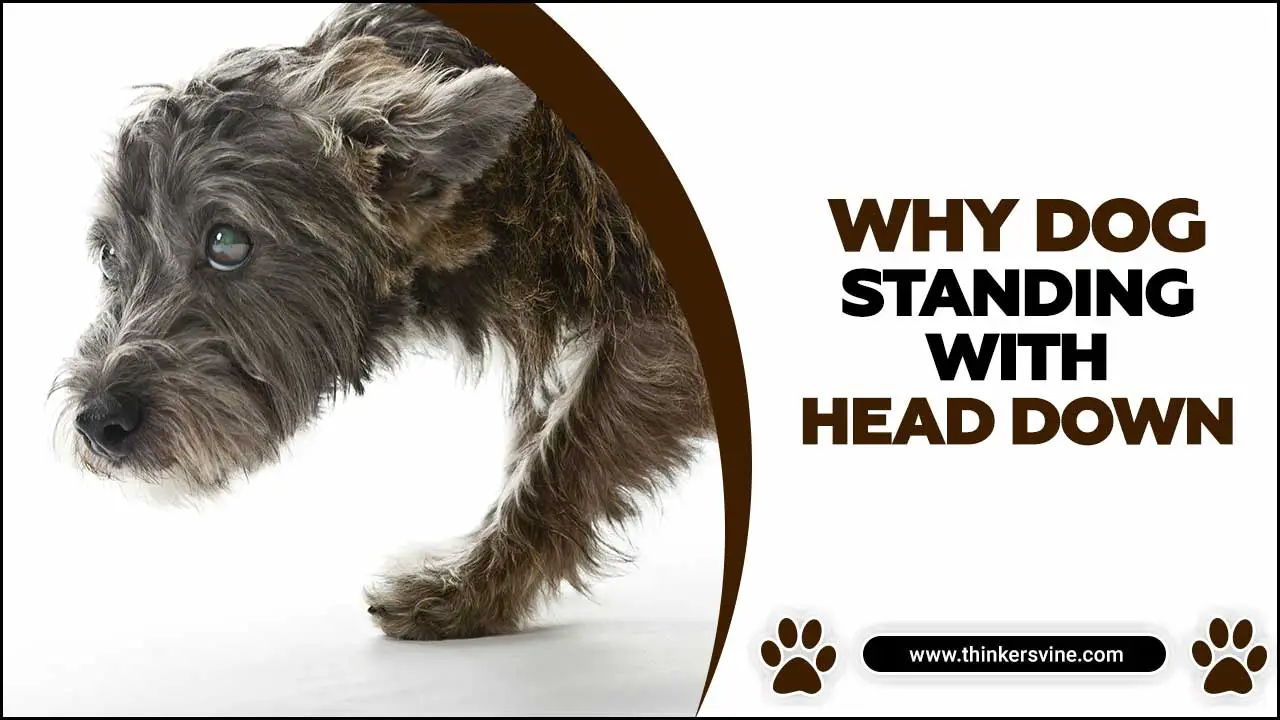
Why Dog Standing With Head Down? 7 Common Reasons
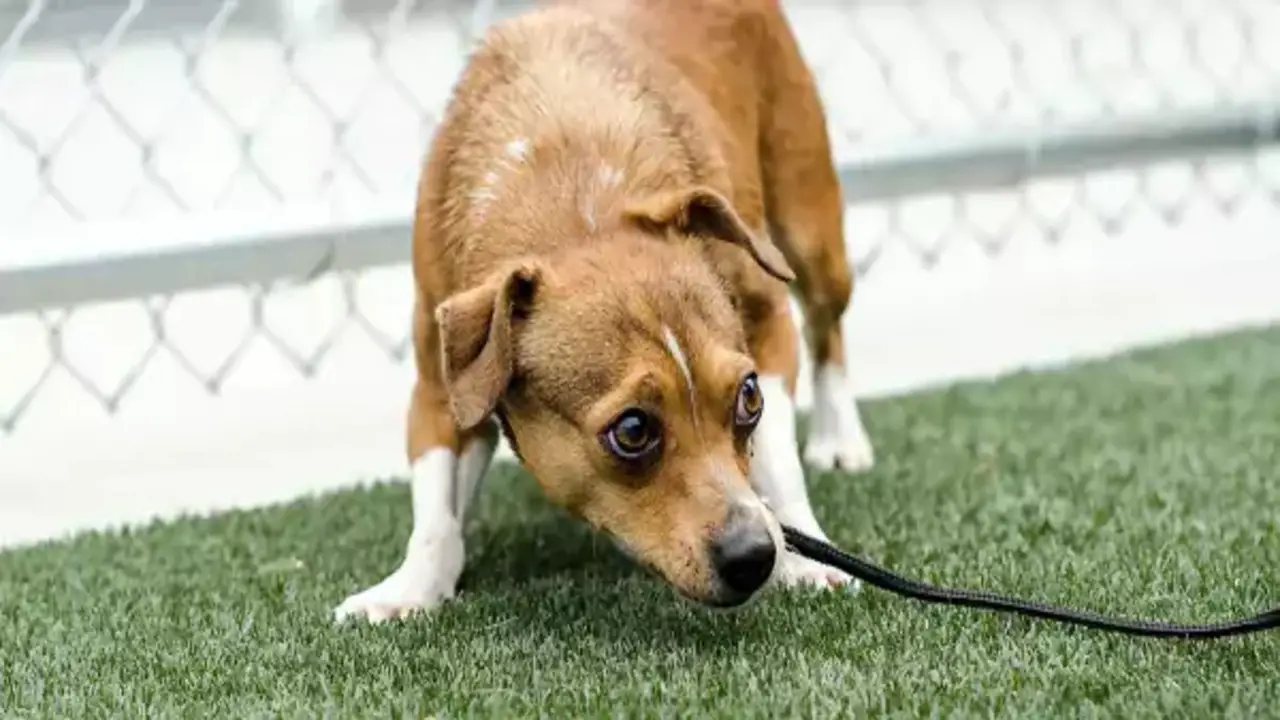
Dogs often communicate through body language; one expected behavior to look out for is when a dog stands with its Head down. This can signify submission or insecurity, as the dog may feel uncomfortable or threatened in its environment. Other signs to look out for include flattened ears, a tucked tail, and avoiding eye contact.
It’s essential to pay attention to your dog’s body language so that you can better understand their emotions and needs. Reading your dog’s body language can strengthen your bond with them and create a happier and healthier relationship. Here are some reasons to identify why dog standing with head down.
1.Depression Lead Dogs to Keep Their Head Down
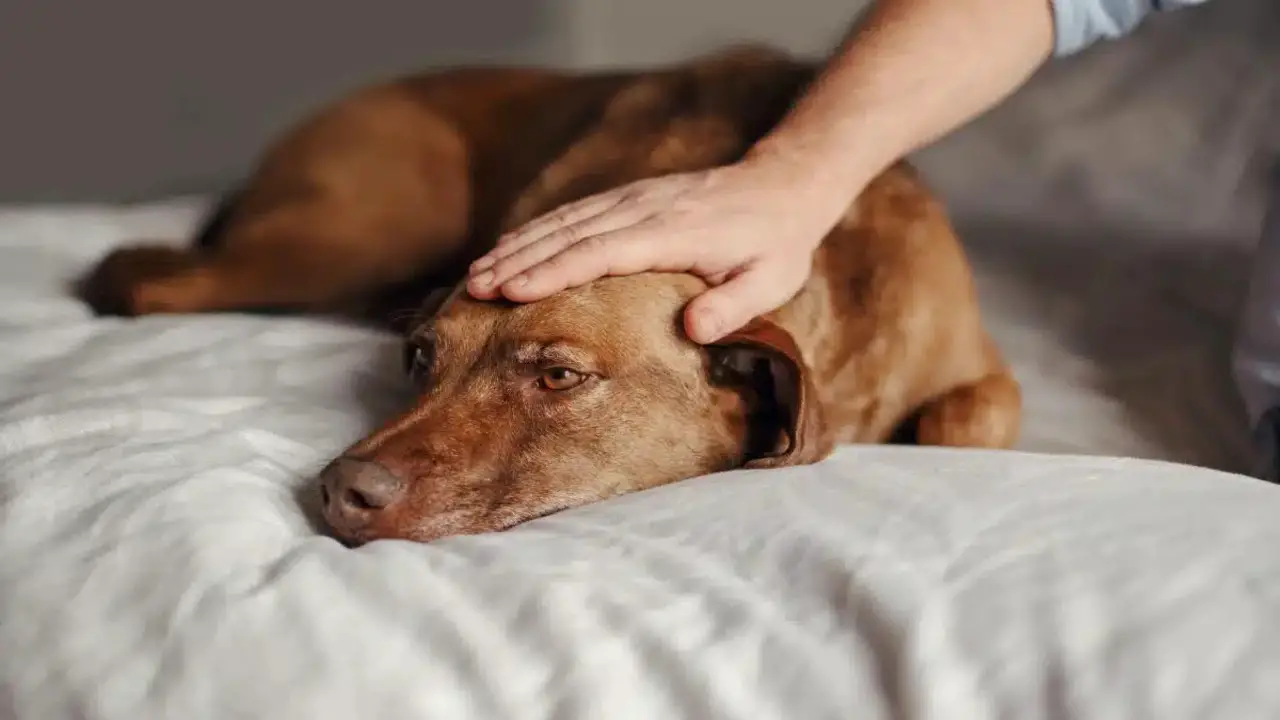
Depression can be one of the reasons a dog may stand with their head down. Just like humans, dogs can experience feelings of sadness and depression. When dogs feel down, they may behave like keeping their head down.
Body temperature changes, decreased appetite, sleeping more than usual, and withdrawal from social interaction are all possible signs of depression in dogs.
This could be a sign that they are feeling low and may need extra love and attention from their owner. It’s important to monitor your dog’s behavior. And consult with a veterinarian if you suspect that they may be experiencing depression or any other health issues.
2.Anxiety and Stress Make Dogs Leaning Head
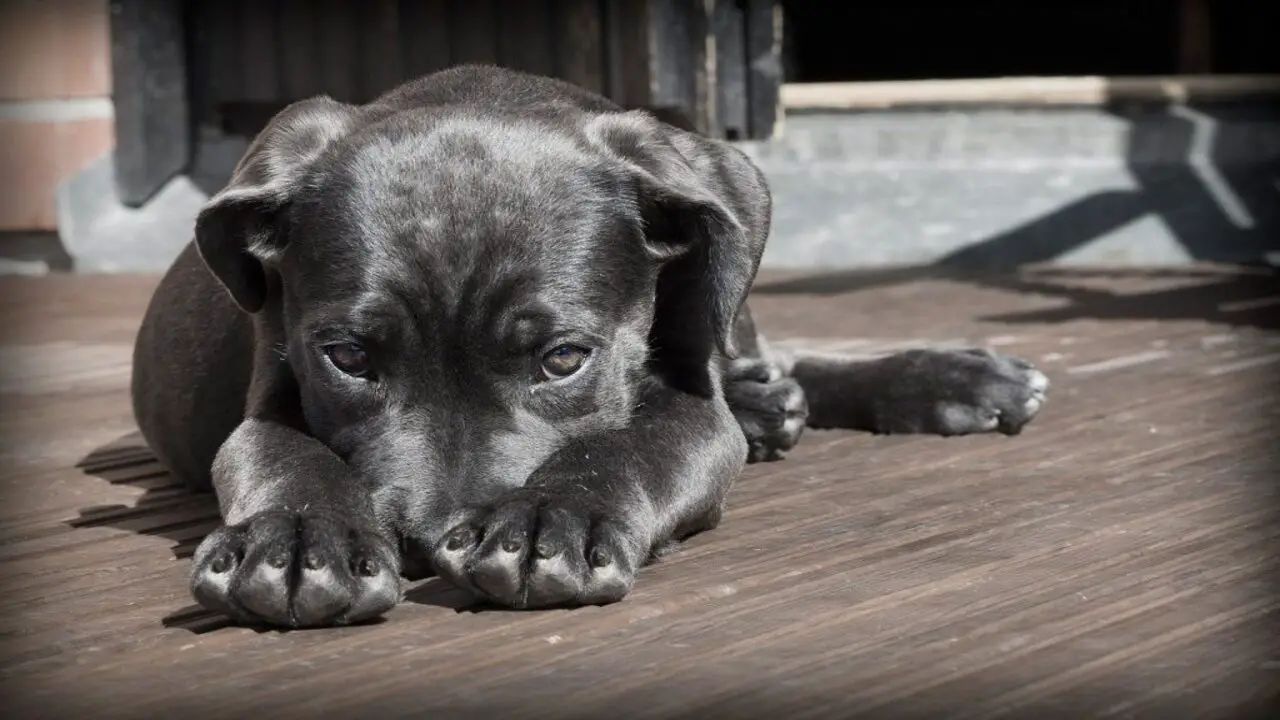
Anxiety and stress can cause dogs to lean their head down. Just like humans, dogs can experience anxiety, spinal cord nerves, stress, and stiff body, which can manifest in physical behaviors. Leaning their head down is a common sign that a dog may feel anxious or stressed.
Additionally, prolonged anxiety and stress can have negative effects on a dog’s overall health, including increased blood pressure and the development of abnormal behaviors.
It may be accompanied by other behaviors such as pacing, panting excessively, or trembling. If you notice your dog displaying these signs. It’s important to try and identify the underlying cause of their anxiety or stress and provide them with appropriate support and comfort.
3.Physical Injuries and pain Keep The Head Of Dogs Down
Physical injuries can be a common reason dogs stand with their heads down. When a dog is in pain or discomfort due to an injury, they may naturally lower their head to alleviate pressure or protect the affected area. Such as heart pain, physical pain, chronic pain, heart disease, kidney disease, metabolic diseases, muscle tremors, and vestibular disease. This could be due to various factors, such as a sprained neck, muscle strain, or even a broken bone.
When a dog is injured or in pain, it may experience changes in blood cells, blood flow, and blood vessels. These physiological changes can result in discomfort and make it difficult for the dog to hold its head up normally.
It is important to closely observe your dog’s behavior and consult with a veterinarian if you suspect that physical injuries may be causing them to keep their head down. Prompt medical attention and proper treatment can help alleviate their discomfort and aid in their recovery.
4.Sniffing Dogs Keep Their Head Down
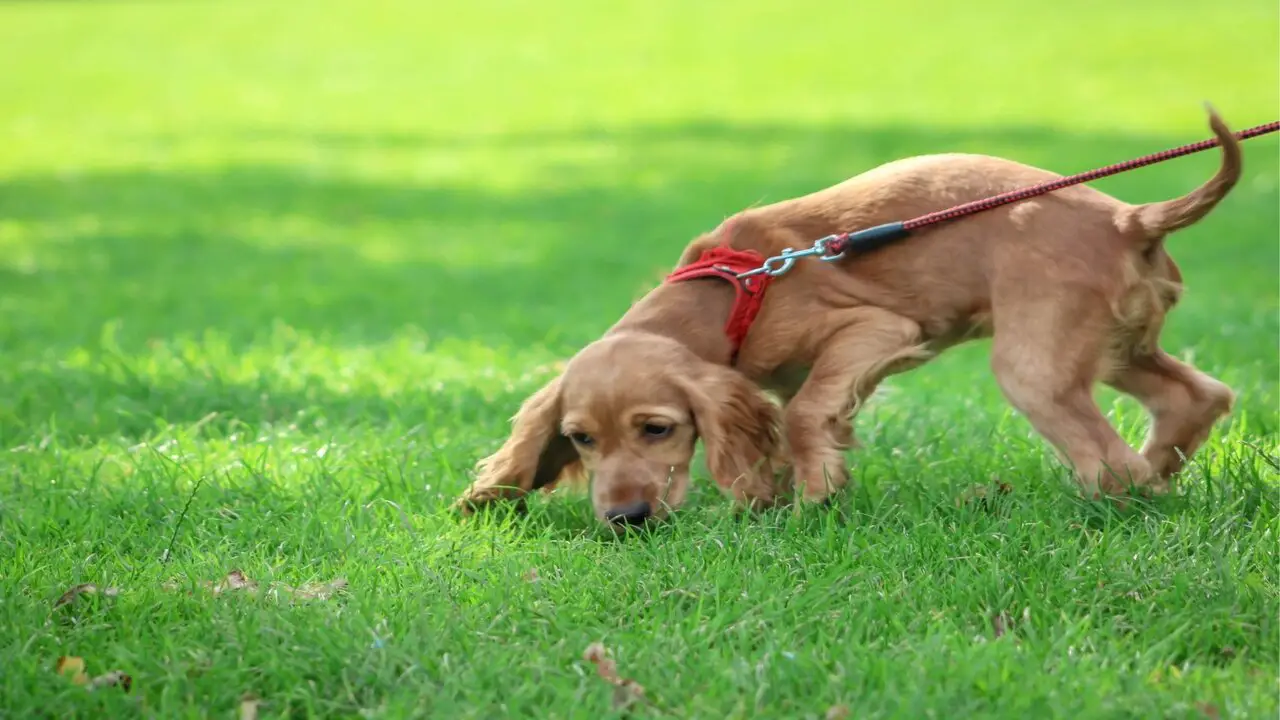
Sniffing dogs often keep their heads down as they explore their surroundings. This behavior is natural for dogs, as their sense of smell is a primary way to gather information about the world around them.
By keeping their heads down, they can get closer to the ground and pick up on scents more effectively. Sniffing is also a way for dogs to gather information about other animals and mark their territory. So, if you see your dog standing with its head down while sniffing around, it’s just doing what comes naturally to them.
5.Old-Aged Dogs Keep Their Head Down

As dogs age, it is not uncommon for them to keep their head down more often. This can be due to various factors, including joint pain or stiffness in the neck and shoulders. As dogs get older, they may experience arthritis or other age-related conditions that can cause discomfort when holding their head up for extended periods of time.
It is important to monitor your senior dog closely and consult a veterinarian if you notice any changes in its behavior or mobility. They may be able to recommend treatments or therapies to help alleviate any pain or discomfort your dog may be experiencing.
6.Unusual Behavior
When a dog stands with its head down, it can indicate unusual behavior. There are several reasons why a dog may exhibit this posture. One possible reason is that the dog is feeling submissive or fearful. By lowering its head, the dog is showing deference to another individual or trying to avoid conflict. Another reason could be that the dog is feeling unwell or in pain. Dogs may lower their heads when they are experiencing discomfort or if they have an injury.
It’s important to observe your dog’s overall behavior and body language to determine the underlying cause or minor issues of this unusual behavior in dogs. If you are concerned about your dog’s health or well-being, it is always best to consult a veterinarian for further evaluation and guidance.
7.Environmental Factors And Stressors
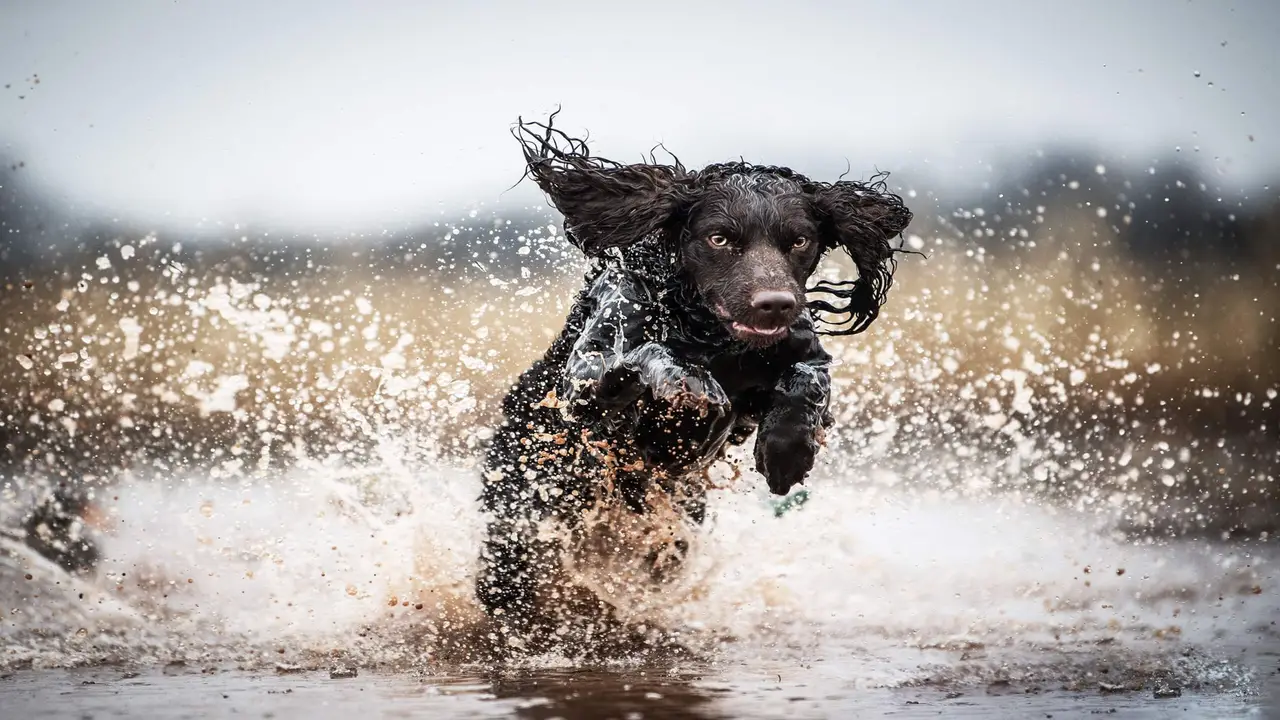
There can be several reasons why a dog may stand with its head down, and environmental factors and stressors are often contributing factors. Dogs are highly sensitive to their surroundings, and changes in their environment can cause them to feel stressed or anxious. Common environmental stressors include loud noises, unfamiliar people or animals, changes in routine, or even new objects in the home.
When a dog feels stressed or overwhelmed, they may exhibit behaviors such as standing with their head down to cope. If you notice your dog displaying this behavior, assessing their environment and identifying potential stressors is important. Providing a calm and stable environment for your dog can help alleviate their anxiety and promote overall well-being.
Behavior Changes And Pain In Aging Dogs
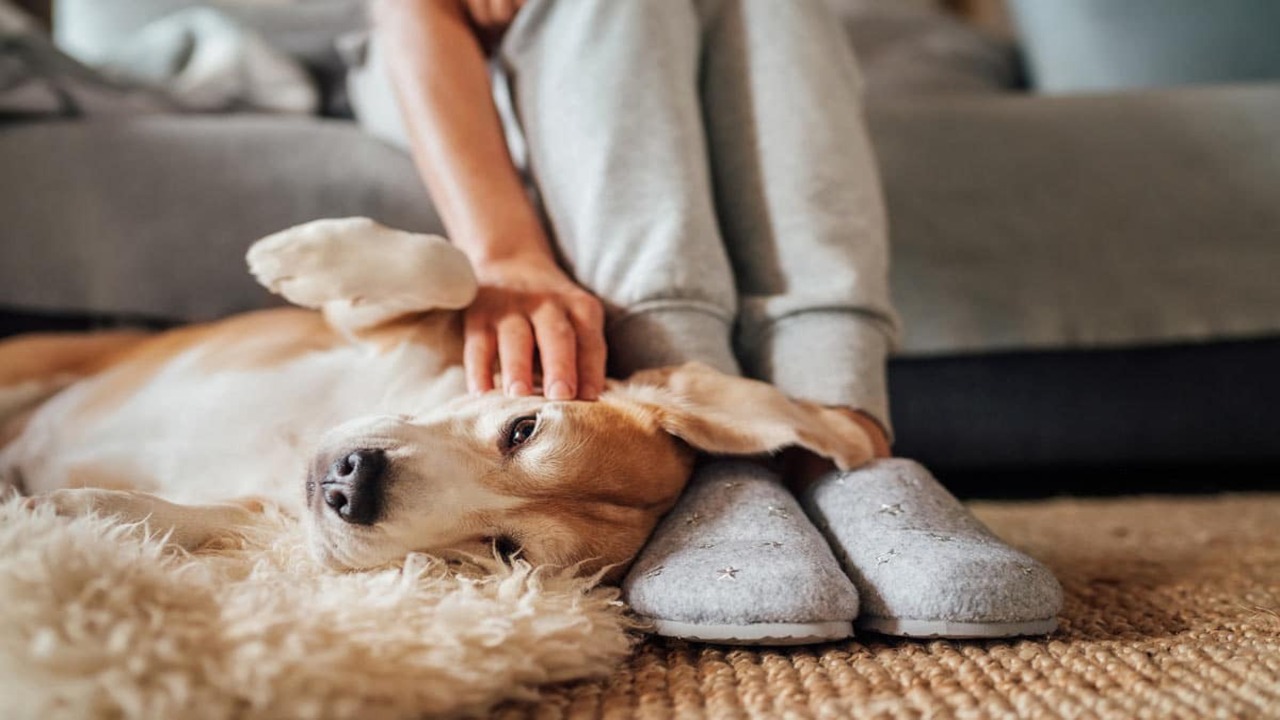
As dogs age, they may experience behavior changes and pain that can cause them to stand with their head down. This posture can be a sign of discomfort or distress, as it allows them to relieve pressure on their neck and spine. It is important for dog owners to monitor their pet behavior and consult with a veterinarian if they notice any changes in posture or signs of pain.
The vet can help identify the underlying cause of the behavior and develop a treatment plan to alleviate the dog’s discomfort. It is essential to provide appropriate care and support for aging dogs to ensure their health and well-being.
How to Read Your Dog’s Body Language
Reading your dog’s body language can provide valuable insights into their emotions and overall well-being. When a dog stands with their head down, it could indicate a few different things. It might mean that they are feeling submissive or anxious, as lowering the head can be a sign of submission in the canine world. It could also suggest that they are feeling tired or relaxed, as some dogs naturally lower their heads when they are in a calm state.
However, it is important to consider the context and other body language cues to interpret what your dog is trying to communicate accurately. Pay attention to their overall posture, tail position, and facial expressions to get a clearer understanding of how they are feeling. If you have concerns about your dog’s behavior or well-being, it is always best to consult with a pet expert or animal behaviorist for guidance.
How To Address The Issue And Help Your Dog
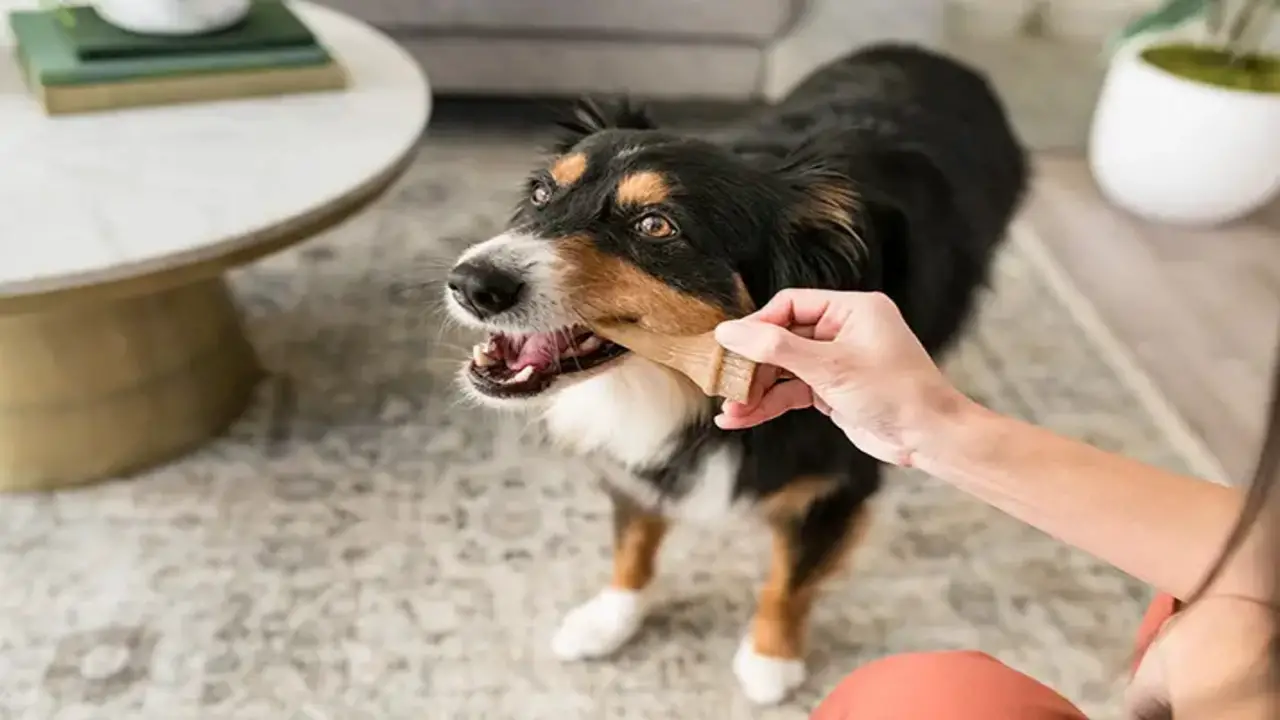
If you notice that your dog is standing with their head down, it may be a sign that something is bothering them. Here are some steps you can take to address this issue and help your canine friend. Remember, every dog is different, and the cause of their head-down posture may vary. By observing their serious or normal behavior, seeking veterinary advice, and providing a supportive environment, you can help address the issue and ensure the well-being of your beloved pet.
- Observe Their Behavior: Pay attention to any other changes in your dog’s behavior or posture.
- Schedule A Vet Visit: It is always best to consult a veterinarian if you are concerned about your dog’s health. They can examine your dog, perform necessary tests, and provide a diagnosis or treatment plan.
- Rule Out Medical Issues: There could be underlying medical conditions causing your dog to stand with their head down, such as neck pain or ear infections. Your vet will be able to identify and treat these issues.
- Provide A Comfortable Environment: Ensure your dog has a cozy, safe space to rest and relax. Ensure their bed or sleeping area is clean, comfortable, and free from potential hazards.
- Monitor Their Eating And Drinking Habits: Appetite or water intake changes could indicate an underlying health issue. Monitor your dog’s eating and drinking habits and report any changes to your vet.
- Maintain Regular Exercise: Regular exercise is essential for your dog’s physical and mental well-being. Engage in activities they enjoy, such as walks or playtime, to keep them active and stimulated.
Consultation With A Veterinarian For Medical Causes
If you notice that your dog is standing with its head down, it may be a cause for concern. While there can be various reasons for this behavior, it is always a good idea to consult with a veterinarian to rule out any medical causes. Your vet will be able to examine your dog and determine if any underlying health issues may be causing the downward head posture.
This could include conditions such as neck pain, ear infections, or neurological problems. By seeking professional advice, you can ensure that your furry friend receives the necessary care and treatment to alleviate any discomfort or potential health issues.
How To Provide A Safe And Comfortable Environment For The Dog

Creating a safe and comfortable environment for your dog is essential to their well-being. If you notice your dog standing with their head down, it could be a sign of discomfort or anxiety. Every dog is unique, so it’s important to pay attention to their individual needs and preferences.
By creating a safe and comfortable environment and giving house training, you can help ensure that your furry friend feels loved, secure, and content.
Here are some tips to help provide a safe and comfortable environment for your furry friend:
- Provide A Cozy And Quiet Space: Dogs often seek out a quiet and secure area where they can relax and feel safe. Set up a designated space with a comfortable bed or blanket where your dog can retreat when they need some downtime.
- Ensure Proper Nutrition And Exercise: A balanced diet and regular exercise are crucial for your dog’s physical and mental health. Make sure they are receiving nutritious meals and engaging in daily activities to keep them happy and fulfilled.
- Maintain A Consistent Routine: Dogs thrive on routine, as it helps them feel secure and reduces anxiety. Establish set times for feeding, walking, playtime, and bedtime to provide structure and stability in their daily lives.
- Create A Calm Atmosphere: Dogs are sensitive to their surroundings, so it’s important to create a calm and peaceful environment for them. Avoid loud noises, excessive commotion, or chaotic situations that may cause stress or unease.
- Offer Mental Stimulation: Mental stimulation is just as important as physical exercise for dogs. Provide puzzle toys, interactive games, or training sessions to keep their minds engaged and prevent boredom.
How To Approach A Dog Standing With Its Head Down
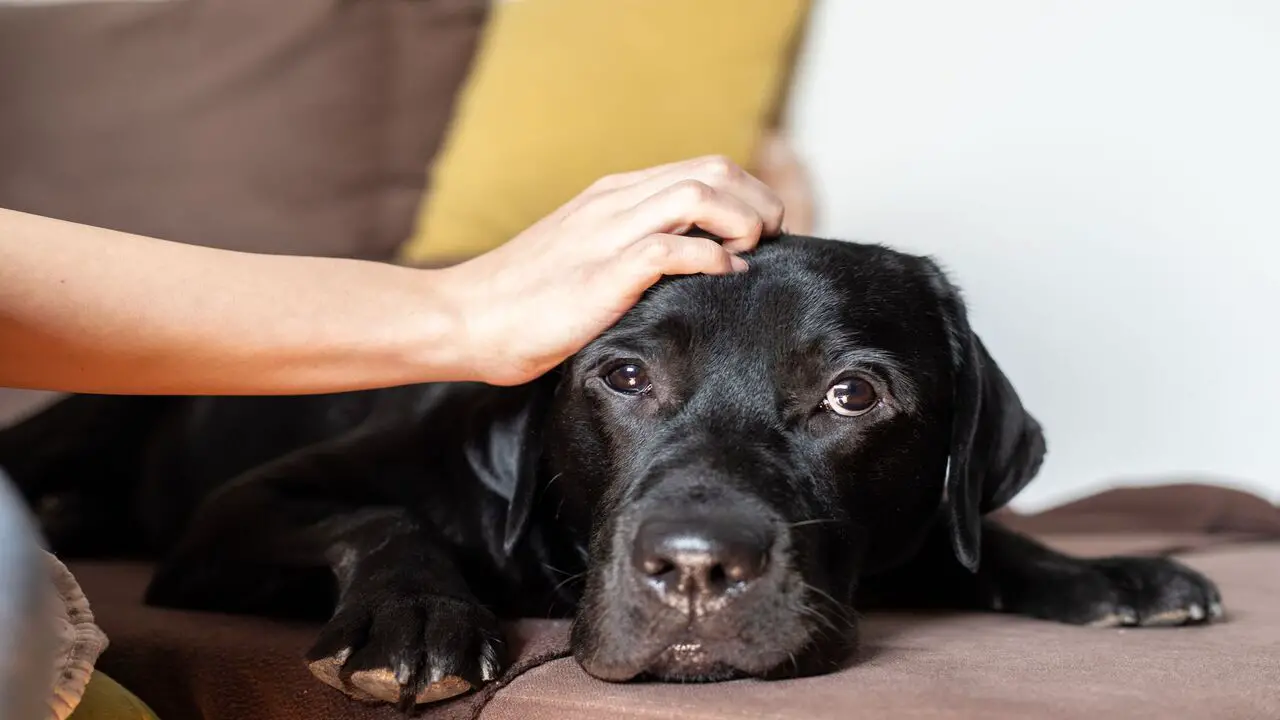
Approaching a dog that is standing with its head down can be a delicate situation. This body language often indicates that the dog is feeling stressed, anxious, or fearful. It is important to approach with caution and respect the dog’s boundaries. Every dog is different, and it is important to approach with empathy and respect for their individual needs and comfort levels.
Here are some tips for how to approach a dog standing with its head down:
- Give The Dog Space: Approach slowly and avoid making sudden movements or loud noises that could startle the dog further.
- Respect Personal Space: Allow the dog to come to you on its own terms. Avoid reaching out to a pet or touching the dog until it has shown signs of comfort and trust.
- Use Calming Signals: Speak softly and use gentle body language to convey that you are not a threat. Avoid direct eye contact, as this can be seen as confrontational to a fearful dog.
- Offer Treats Or Toys: If the dog appears receptive, you can try offering a treat or toy as a way to build positive associations and help the dog relax.
- Seek Professional Help If Needed: If you encounter a dog that consistently exhibits fearful behavior, it may be best to consult with a professional dog trainer or behaviorist for guidance on how to safely approach and interact with the dog.
Conclusion
When a dog stands with its head down, it can signify several things. It could indicate that the dog is feeling submissive or fearful, as lowering the head is a way for dogs to show deference to more dominant individuals. It could also indicate illness or discomfort, as some dogs may lower their heads in pain or not feeling well.
Additionally, certain breeds may naturally have a lower head carriage. Notice your dog standing with its head down frequently or for extended periods of time. It may be worth consulting with a veterinarian to rule out any underlying health issues. Understanding your dog’s body language can help you better communicate and care for them. We hope now you can understand this topic why dog standing with head down.
FAQ
[rank_math_rich_snippet id=”s-45a53b61-6015-4882-a075-a5a4d49c3016″]